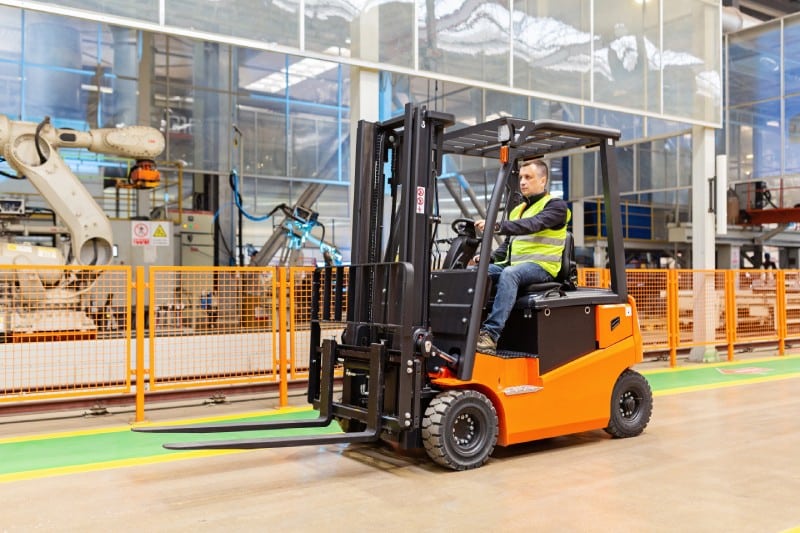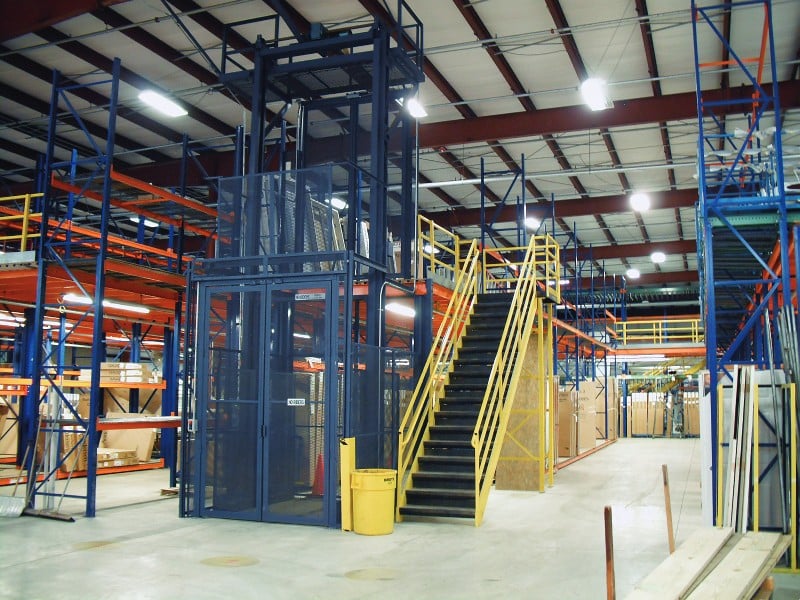Keep Warehouse Accidents to a Minimum
Forklifts are an essential tool in many warehouses, but they also present serious risks when not operated correctly. According to OSHA, forklift accidents cause roughly 85 fatalities and 34,900 serious injuries every year, with nearly 20% involving pedestrians. These incidents are often preventable when operators are properly trained, follow safety protocols, and use the right equipment.

Whether you’re a warehouse manager or forklift operator, following these forklift safety tips will help you protect workers, reduce downtime, and keep operations running smoothly.
1. Stop and Use Your Horn at Intersections
2. Flash Your Lights When Reversing
If your forklift is equipped with lights or a backup alarm, use them when moving in reverse. If not, verbally alert nearby workers before changing direction. Increased visibility is key to preventing accidents in busy warehouse environments.
3. Use a Spotter for Blind Spots
4. Keep Loads Low for Better Visibility
5. Look in the Direction of Travel
6. Communicate Clearly with Others
7. Make Eye Contact with Pedestrians
8. Inspect and Clear Your Path Before Driving
9. Never Lift People with a Forklift
Using a forklift to raise workers—even in a lifting cage—is unsafe and violates OSHA safety rules. Use an aerial lift or other approved equipment for lifting personnel.
10. Keep People Clear of Loads
Reducing Forklift Dependence Improves Safety
While forklifts are valuable tools, some warehouse tasks can be done more safely with alternative equipment.
For example, Vertical Reciprocating Conveyors (VRCs) from PFlow move materials between levels without the risks associated with forklifts, helping reduce congestion and pedestrian interactions on the warehouse floor.

Final Thoughts
Forklift safety isn’t just about compliance; it’s about creating a workplace where employees feel confident, protected, and productive. By combining operator training, clear safety procedures, and equipment designed with safety in mind, you can dramatically lower the risk of accidents.
PFlow Industries understands the importance of warehouse safety and offers solutions that help reduce forklift dependency while improving operational efficiency.
